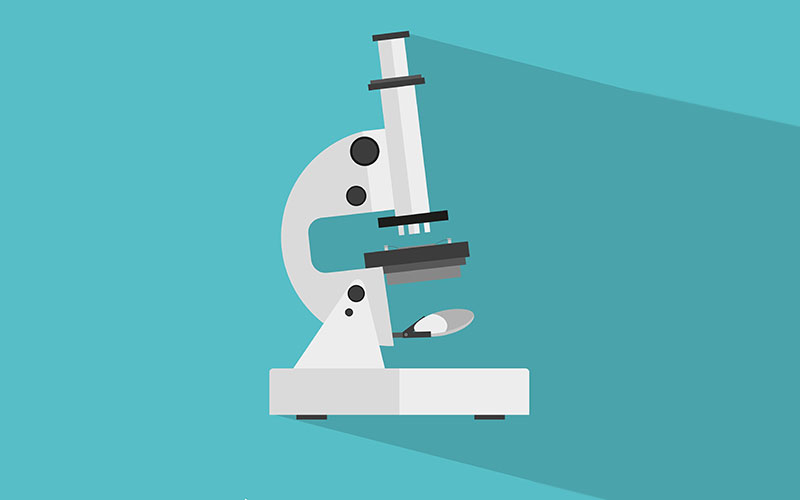Under the microscope
This month: organoid

What are organoids?
Clusters of cells, grown from stem cells, that organise themselves into mini versions of our organs.
Why are they in the news?
Scientists in the US have used brain organoids to identify root causes of Miller-Dieker Syndrome (MDS), a rare genetic disorder that causes fatal brain malformations.
What happened?
They observed MDS organoid development and found that many neural stem cells die off at early stages of development, and others exhibit defects in cell movement and cell division.
What are the implications?
The findings could help explain how the genetics of MDS leads to lissencephaly, while the work also offers valuable insights into normal brain development.
So how are organoids grown?
In a gel that allows them to develop three-dimensionally, so they mimic the architecture of organs much more realistically than a simple layer of cells.
Why use them in research?
Stem cells are taken from animals or patients and continually multiply, so the organoids can be maintained for months. This also means that they provide an unlimited supply of material for study.
What type of organs are they used for?
Most work that is being carried out at present focuses on the stomach, intestine and brain. However, the technique is quickly expanding to include other tissues, such as liver and breast.



